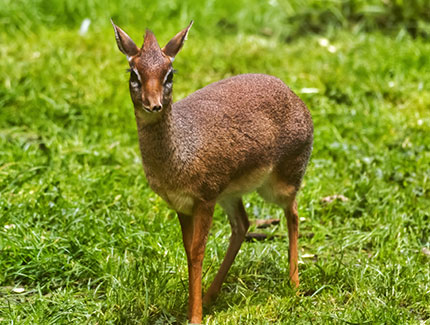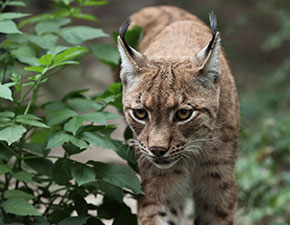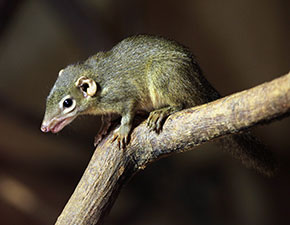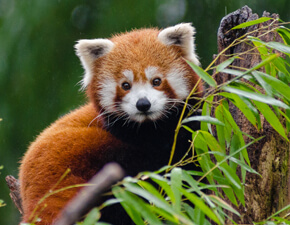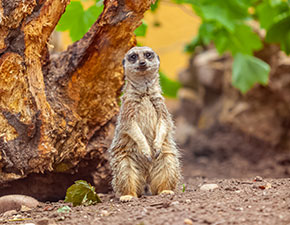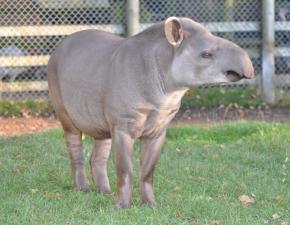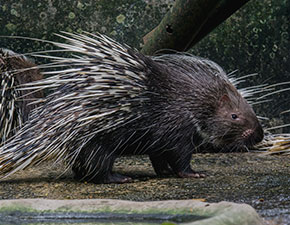
Capybara
Hydrochaeris hydrochaeris
IUCN red list status:
Least Concern
For more informations, please visit iucnredlist.org

Capybaras live in South America, Brazil, Uruguay, Venezuela and Columbia. They are found in areas close to water such as flooded grasslands, marsh edges and lowland forests.

Known as grazers, generally feeding on grasses and aquatic plants, bark and fruit are occasionally consumed. They need vitamin C in their diet to stay healthy.

Capybaras are social animals and can be seen in groups of up to thirty in the wild.

They breed throughout the year, peaking just before the rainy season. A litter of 2-8 (average of 4) individuals are born after 150 days. Capybaras can live up to 10 years in the wild and up to 12 years in captivity.
Capybara
About the Capybara
The Capybara, also known as the Water Hog, are considered large semiaquatic South American rodents. Capybaras are the largest living rodent in the world, growing up to about 1.3 metres long. Capybaras resemble the guinea pig and inhabit forests and wetlands.
They are short-haired brownish rodents with blunt snouts, short legs, small ears, and almost no tail. Capybaras are shy and associate in groups along the banks of lakes and rivers. They are vegetarian and normally feed in the morning and evening, then spend most of the day resting under cover along the banks.
Did you know?
Capybaras are the largest of rodents, weighing up to 66 kg. Their front legs are slightly shorter than their hind legs, and their feet are partially webbed. The location of their eyes, ears, and nostrils on top of their head, make capybaras well-suited to semi-aquatic life.
